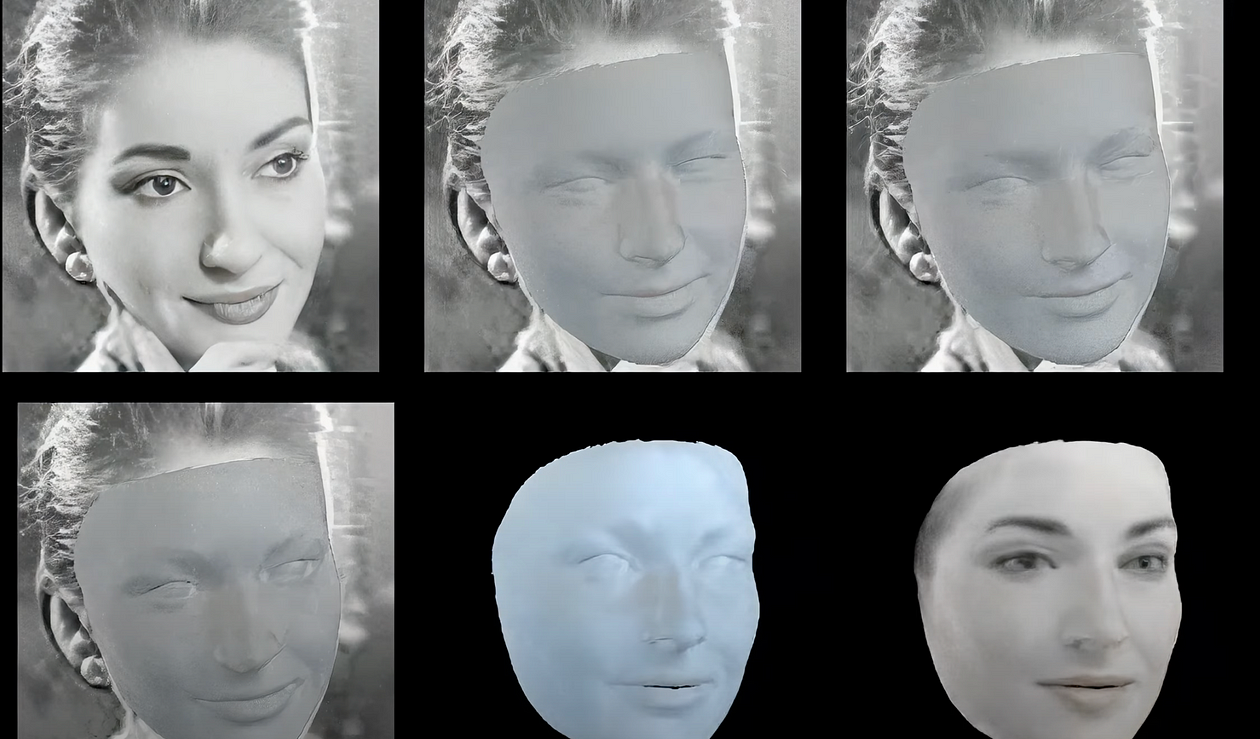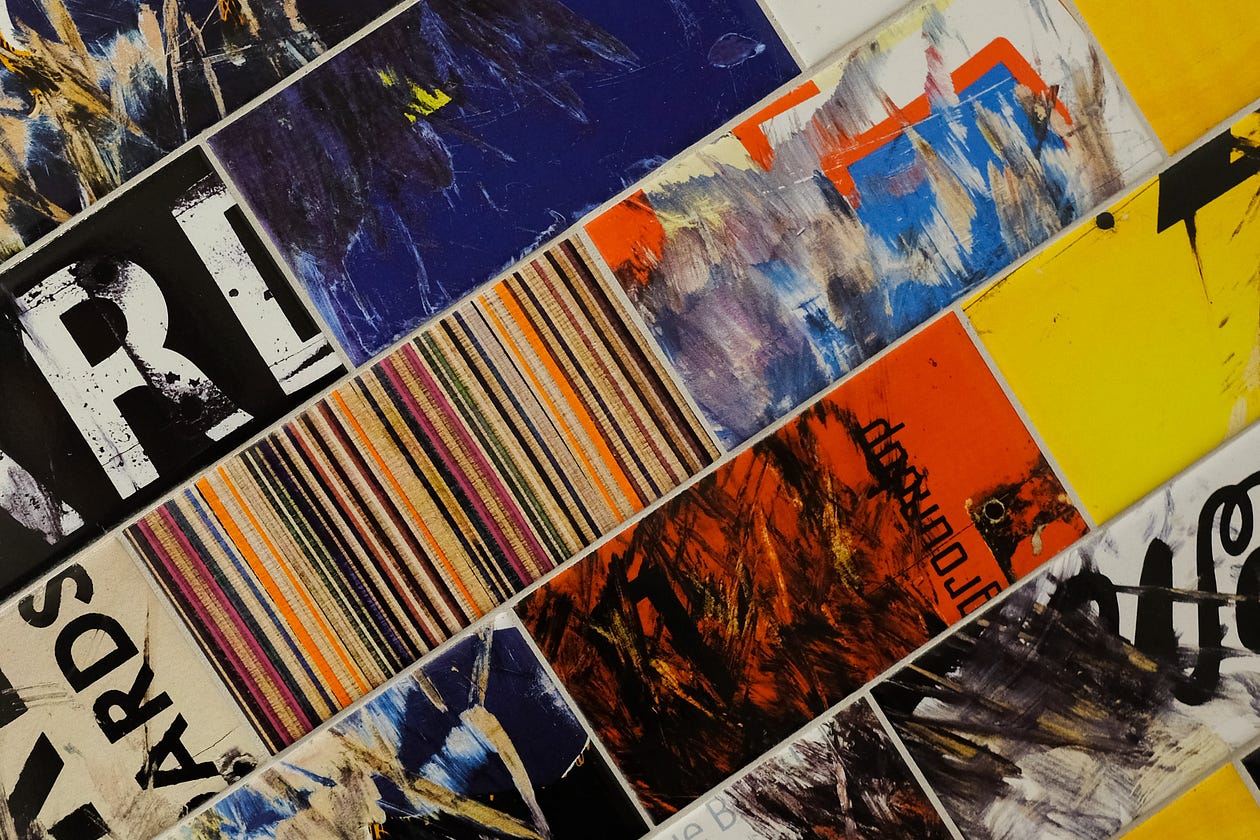Death tech companies and scientists explore AI and grief

Death tech companies and scientists are exploring innovative new designs in grief technology and pushing boundaries that are mind-blowing, like preserving interactive memories in the form of a bot or avatar that replicates the deceased likeness, mannerisms, and voice. But for some, this new overlap between the living and the dead is more fantastic than 19th-century memento mori portraits or death photographs. The technology then and now plays tricks on the vulnerable, prolongs grief, and messes with our sense of reality which is evermore virtual.
Digital human replicants are increasingly indistinguishable from actual humans. These digital clones, developed from predictive modeling or predictive analytics are trained on our personal data, such as text messages, social media posts, photos, blogs, videos, and voice recordings. The more data available, the greater the AI to human authenticity. With the integration of advanced AI technologies and immersive tools like virtual and augmented reality, holographic projections, and robotics, virtual clones are increasingly more identical to the real thing.
Death tech entrepreneurs like James Vlahos of HereAfter AI and Eugenia Kuyda, co-founder of AI start-ups Luka and Replika, have led the way in developing virtual representations of the deceased. By using data from our digital footprint, such as text messages and social media posts, avatars or chatbots of the deceased can interact with family members. Vlahos and Kuyda were inspired by their own experience with loss. Vlahos created a chatbot called Dadbot using recordings of his father, who was diagnosed with terminal lung cancer. Similarly, Kuyda developed a chatbot based on the text messages she exchanged with her late friend and roommate, Roman Mazurenko. The authenticity of the responses provided comfort to those who knew Mazurenko. The availability of the Roman Mazurenko app to the public led to the development of a comfort chatbot with avatar variations.
Companies like Soul Machines create digital human entities, including AI replicant clones for commercial purposes and, according to the website, promise “digital experiences that feel alive.” Los Angeles death tech startup StoryFile made global headlines last year when the founder’s deceased mother showed up at her own funeral in England and answered questions from her mourners via prerecorded video. StoryFile and HereAfter AI are platforms that record video and audio prior to a person’s death and turn it into an interactive experience through conversational AI and a holographic avatar.
The development of ChatGPT, a powerful chatbot created by OpenAI, has significantly developed grief tech. It has paved the way for integration into the metaverse’s live forever mode, a project developed by Somnium Space that creates a digital avatar that exists eternally within the metaverse. I created an avatar last year. While HereAfter AI currently relies on retrieved recordings, it is incorporating a large language model like ChatGPT to enhance its conversational abilities. However, the model’s knowledge would remain restricted to the provided information to prevent the indiscriminate sourcing of unreliable data from the internet.
Following on the tails of California’s death tech pioneers are Chinese software engineers who are also creating grief bots from old photos, recordings, and online messages that train chat programs to imitate the personalities and characteristics of the deceased.
Tech giants have been quick to monetize grief tech AI. Amazon Echo can record the deceased narrating books for their children and grandchildren. Genealogy platform MyHeritage uses generative AI to animate old family photos, which I highly recommend you give a bash.
Microsoft has patented software that uses social media posts and text messages to create chatbots based on specific individuals, irrespective of whether they are alive or deceased. However, Microsoft has no plans to release it to the public yet, as confirmed in a tweet by Microsoft’s general manager of AI programs, Tim O’Brien.
Professor Hossein Rahnama from Toronto Metropolitan University and a research affiliate with MIT Media Lab, have been working on a platform called Augmented Eternity. This platform allows individuals to create a digital persona of a deceased person using their photos, texts, emails, social media posts, public statements, and blog entries. The digital persona can then interact with relatives and others, providing a sense of continued presence. Rahnama acknowledges that this approach works well for younger generations who extensively share their lives online but may be less effective for older individuals who are not as digitally focused.
While psychologists acknowledge the therapeutic benefits of creating virtual copies of lost loved ones, they also raise concerns about potential dependency or addiction to these virtual interactions. Clinical psychologist Albert Skip Rizzo, director of Medical Virtual Reality at the Institute for Creative Technologies, suggests that striking a balance is crucial. Specifically, immersive VR experiences may enhance the connection but should be approached with caution.
Sherman Lee, a psychology associate professor and director of the Pandemic Grief Project at Christopher Newport University, acknowledges the deep-rooted desire humans have to maintain a connection with those they love. A continuing bond with a loved one, such as listening to old voice messages, watching videos, and engaging with chatbots that mimic their voice, can bring comfort.
AI technology extends beyond grief and loss. It has the potential to be used in the present to document personal thoughts or facilitate difficult conversations. Although AI avatars can provide comfort for the bereaved, there’s a risk that AI will prolong grief and stop the bereaved from moving forward with their lives. Proximity-seeking behaviors aimed at restoring closeness with the deceased have been linked to poorer mental health outcomes, according to Dr. Kirsten Smith, a Clinical Research Fellow at the University of Oxford.
Data manipulation raises important questions about the future of remembrance and mortality. Are we at the beginning of a new technological era that surpasses still photography and creates for the first time a moving interactive replica of the dead? Can humanity cope with the blurring of life and death boundaries? I think we can because the 21st century human lives a big chunk of our lives in the virtual world, mixing reality with fantasy. More advanced generative AI applications like deep fakes will reach a level of identical human identity and will fool all of us when they resemble, behave, and sound like real humans. You can imagine the implications for cybersecurity and fraud.
What happens to our data when we die? That question seems to be as difficult to answer as what is the meaning of life? Do we give consent to be digitally recreated for our loved ones to interact with indefinitely, knowing that we have no control over the bot’s responses or interactions? It is crucial to address these ethical concerns when big tech companies target the vulnerable, owns our data, and provide access only when we pay.
Ginger Liu is the founder of Ginger Media & Entertainment, a Ph.D. Researcher in artificial intelligence and visual arts media, and an author, journalist, artist, and filmmaker. Listen to the Podcast.







